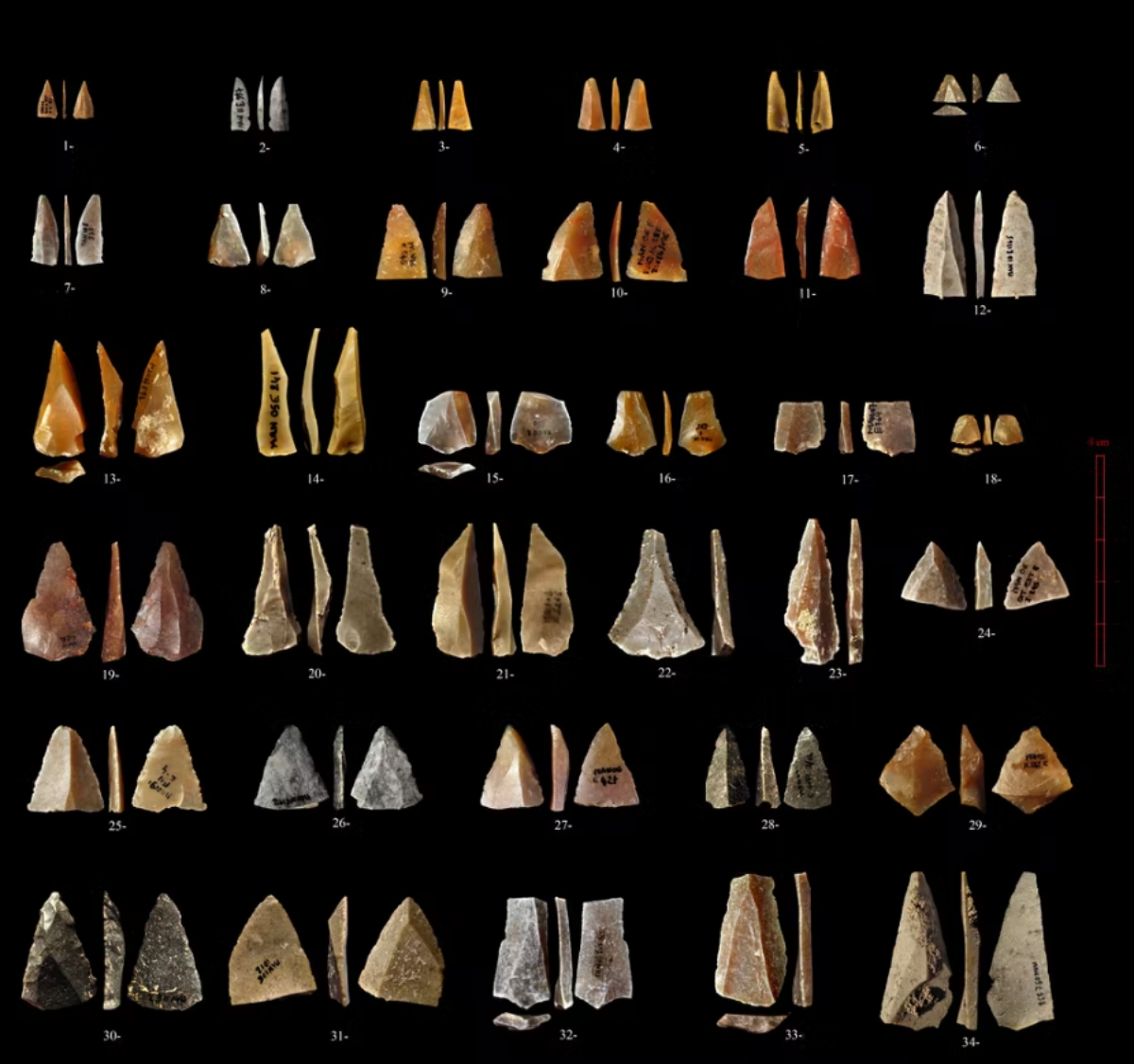Humans Found to Be Living in Europe 10,000 Years Before Neanderthals Went Extinct
This changes things.
For many decades scientists have speculated on how and why the Neanderthals went extinct. Some reports claimed that we competed with them for resources or perhaps wiped them out in battle. But, then discoveries of specimens that shared human and Neanderthal DNA were found, showing that we lived alongside and even reproduced with Neanderthals. Now, a series of recent discoveries in Southern France at the Grotte Mandrin dating from more than 50,000 years ago shows that both groups lived in the area at different times, showing an overlap of 10,000 years. This effectively rewrites the history that their extinction was caused by the arrival of humans in Europe.

Archaeological excavations at the Grotte Mandrin near the Rhône River Valley began in 1990 and since then a variety of finds have shed light on the relationship between Neanderthals and humans. This is a Mediterranean area of France with highly habitable conditions that was home to both groups at various times.
Instead of showing a race for resources between the different hominins, the ancient objects found at Grotte Mandrin show that they lived in the region at different overlapping times. Furthermore, evidence of human habitation in that area has now been shown to predate previous finds by 10,000 years, proving that the groups coexisted for much longer than was previously known. According to the authors, the discovery “represents the first known archeological evidence in Europe for the interstratification of a modern human occupation between those of Neanderthals.”

The findings reveal that the replacement of Neanderthals in the area with humans was not a single event or even a slow decline over time. Rather the populations replaced each other at least twice over thousands of years, showing that both groups used the grotto in turns. Sharing of technologies was not indicated by the tools, points, and other lithic artifacts found at the site. This new evidence effectively rewrites the history that has been assumed for so long- that humans directly caused the swift decline of Neanderthals when they reached Europe.
The finds were published in the February 2022 edition of the peer-reviewed journal, Science Advances, in a paper written by Ludovic Slimak of the University of Toulouse and his cohorts, many of which are affiliated with Oxford University in England.
One of the authors of the study, Christ Stringer of the Centre for Human Evolution Research (CHER) at the Natural History Museum in London, told the BBC, “The modern humans appear briefly, then there’s a gap where maybe the climate just finished them off and then the Neanderthals come back again.”
Evidence of human activity was dated to between 56,800 and 51,700 years ago, which is nearly 10,000 years before humans were previously known to have inhabited this part of Europe and the same amount of time from when Neanderthals went extinct. Past estimations were that the Levant was a key part of the migrations of humans out of Africa during this era, but now this evidence from Grotte Mandrin shows that the South of France was also an early stopping point for migrating humans.

Among the relevant artifacts are a human child’s tooth and other hominin remains, showing at least 7 different individuals identifiable through their teeth. The child’s tooth was found in between layers of artifacts that belonged to Neanderthals. To test that the team could successfully identify such old remains they first used their method on horse teeth also found at the site. Once they were able to detect equine DNA they began testing on the human remains from the dig using a similar methodology. Teeth are some of the most stable sources of DNA over long periods and are the preferred remains for testing such old remains.
The team was also able to identify different technologies present in the different layers of the soil, meaning they had a built-in timeline of who was in the area at different times. Many of the items, including hominin spear points and potential arrowheads, were very well-preserved in the clay-like soil.
Long-time team member, Ségolène Vandevelde, found that layers of residue from fires used by both groups lingered on the walls and ceiling of the cave, then was covered in a layer of calcium carbonate the season after- a cycle that was repeated for thousands of years. Fragments of this process found at the site also helped to determine which years the cave was occupied and which were not.
In all more than 60,000 items relating to hominins were found there and more than 70,000 items related to animal remains were uncovered (mainly horse, bison, and deer).
SKM: below-content placeholderWhizzco for DOT

